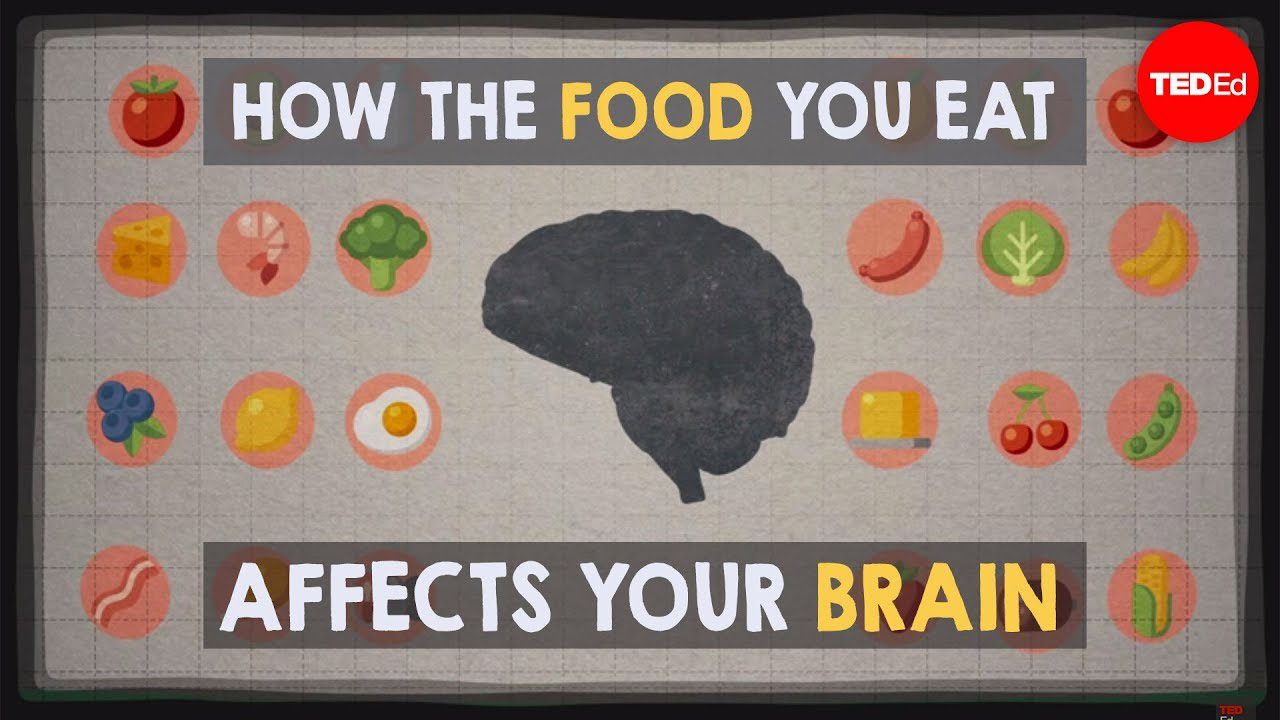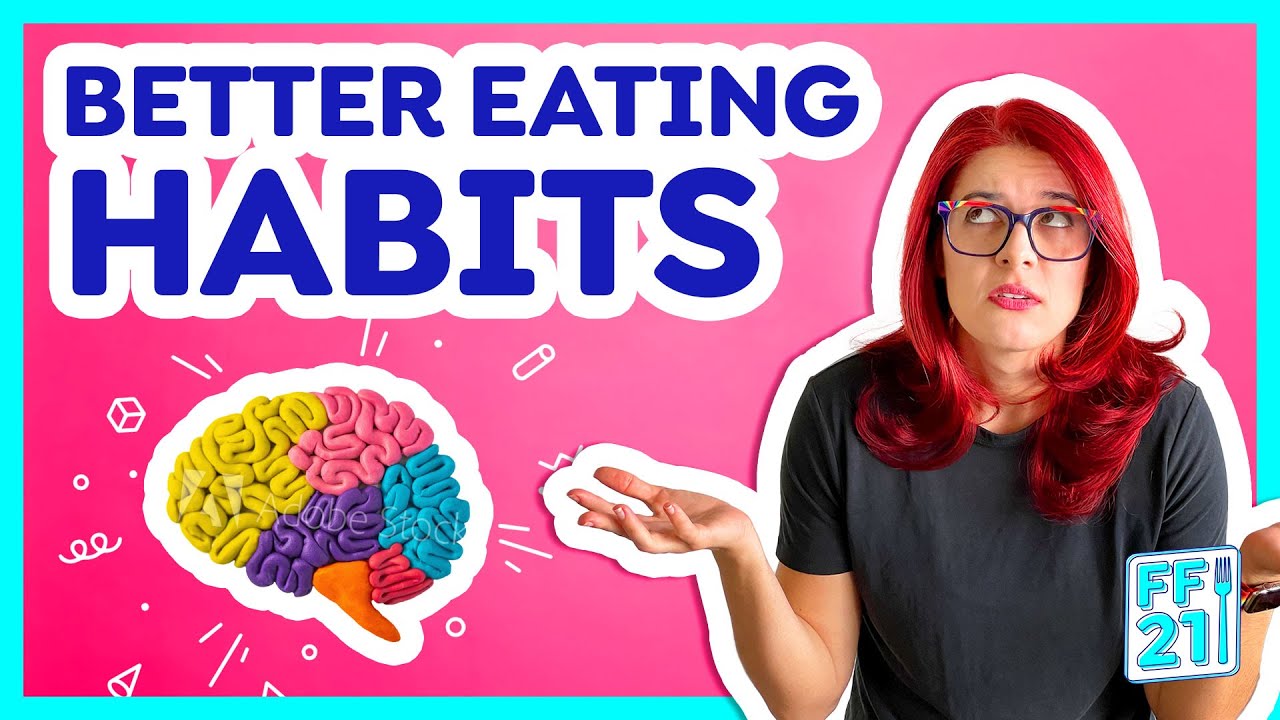Melissa Mitri, MS, RD, is a registered dietitian nutritionist, weight loss specialist, and expert health writer with over 15 years of experience in the health and wellness industry. Melissa has worked in a variety of healthcare settings where she helps clients improve their diet through an individualized approach.
Healthy eating is important at any age, but especially for kids. Not to worry – today we’ll be sharing our top 10 tips for healthy eating for kids.
As a parent and caregiver, one of your most important jobs is to help your children adopt healthy eating habits and meet their daily nutritional needs. The benefits of healthy eating in children are numerous for their physical, mental, and emotional health.
Healthy eating behaviors start in childhood. If a child improves their nutrition sooner it will be to continue these habits into adulthood. While proper nutrition is essential for kids of all ages, many kids don’t meet the recommended nutrient guidelines.
It’s not always easy getting your child to eat well for many reasons. You may have a busy schedule, your child has food allergies, or you have a picky eater in the house.
Not to worry – there are easy ways to support healthy eating for kids you can start today. Let’s dive into how most kids eat nowadays and how you can support your child’s nutrition.
Child Nutrition Statistics
According to the Centers for Disease Control (CDC), many children are not meeting the recommended nutrition guidelines, and are consuming too much processed foods. Here are a few examples:
- Approximately 67 percent of calories consumed by children and adolescents come from ultra-processed foods in 2018, a 6% jump from 61% in 1999.
- Children consume about 13.8% of their calories from fast food on any given day.
- Close to 60% of children don’t eat enough fruit and 93% don’t eat enough vegetables. (My boys are definitely included in this group!)
This is concerning to me as a registered dietitian. Ultra-processed and fast foods are ranked very poorly in terms of nutrition, and eating more of these foods tends to replace other nutrient-dense foods that support health.
If this type of food is consumed regularly, it can make it very challenging for kids to get in enough nutrition. And since kids have smaller bellies and can only eat so much at once, prioritizing nutrient-dense whole foods whenever possible is the way to go.
Research shows that kids with inadequate nutrition tend to have more behavioral and academic challenges. I have also personally experienced this with my own kids if they ate more sugar than normal one day or didn’t eat enough balanced meals. It’s not fun and it definitely impacts how they act!
If you’re concerned about your child’s nutrition, here are 10 easy tips for healthy eating for kids you can incorporate today.
10 Tips for Healthy Eating for Kids
1. Encourage a nutritious breakfast
Breakfast remains one of the most important meals of the day, especially for kiddos. Research shows children who eat breakfast tend to eat healthier and are more likely to meet their daily nutrition needs.
Eating breakfast fuels your child’s body and mind and results in better school performance, concentration, and energy.
What your child eats for breakfast is important. For example, a sugary, processed cereal will not yield these same benefits. Here are a few healthy breakfasts for kids to try:
- Whole-grain or high protein waffle with nut butter
- Plain Cheerios with milk and a banana
- Eggs with a slice of toast
- Oatmeal with apples and cinnamon
- Whole wheat toast and peanut butter with berries on the side
2. Limit added sugar
Added sugar is hidden in so many foods nowadays. It can be in some pretty surprising places such as protein bars, seemingly healthy cereals, and kid-friendly flavored yogurts.
According to the CDC, children over 2 years old should consume no more than 10% of their daily calories from added sugar. To put this into perspective, on a 2000-calorie diet no more than 200 of their calories should come from added sugar.
To limit added sugar, serve your child more whole-food snacks like fruit, veggies, nuts, and plain yogurt. Check the nutrition label for protein bars and cereals, and try to find products with less than 5 grams of added sugar per serving.
3. Keep healthy choices front and center
Much of the way kids eat is a product of their environment. If there is nutritious food front and center and easily accessible in your kitchen pantry, chances are they will gravitate towards them. Then, they’ll be more likely to eat these foods when hunger strikes.
Stash a refrigerator drawer with cut-up fruit, veggies, low-sugar yogurts, nut butter, and whole-grain crackers. Your kids can easily grab them, and you’d be surprised how much more often they’ll eat them!

4. Prioritize whole foods
Whole foods are present in nature that have not been modified in any way. This includes all of the foods at the perimeter of the store such as lean protein, whole grains, fruits, and veggies.
The idea is to encourage your kids to eat these foods as much as possible. At the same time, it’s important to discourage ultra-processed foods like candy, chips, and cookies. While many foods are processed in some way – such as tomato sauce, canned beans and soups, it’s the ultra-processed foods that are the primary concern.
5. Make family meals a priority
We all lead busy lives, and it’s not as easy as it used to be to eat as a family regularly. But prioritizing this as much as possible can make a big difference in improving your child’s food intake. Even one family meal a day makes a huge difference!
A growing body of research shows family meals at least a few days a week is associated with improvements in nutritional, social, and emotional well-being in children. This is also seen to be true in the parents as well!
6. Encourage variety
The more variety your child eats, the better, but it doesn’t have to be 10 different things on their plate. Start with a goal of serving at least 3 food groups at every meal, so if there is one thing they don’t eat, they still get into 2 different food groups. As a refresher, the 5 food groups are:
- Whole grains/complex carbs – whole wheat bread, brown rice, potatoes, oats
- Protein – chicken, fish, beef, tofu
- Fat – olive oil, olives, avocado, fatty fish like salmon and tuna
- Fruits
- Vegetables
Out of these food groups, I usually try to serve at least one “safe” food that I know my kids will eat. This can help take the stress out of mealtimes, so you know there is at least one familiar, preferred food in there for your child.
7. Serve healthy drinks
It’s not just food that is important, the drink choices your child makes also matter. The best drinks for kids are water or low-fat dairy or soy milk. Juice, energy drinks, and soda should be limited as much as possible due to their added sugar content and other unhealthful ingredients.
8. Get them involved in the kitchen
Getting kids involved in food prep and cooking not only teaches them valuable life skills but also promotes improved nutrient intake. Research shows children involved in cooking are associated with improved nutrition intake, particularly with fruits and vegetables.
When they are involved in the process, your kids will feel proud and are more likely to want to try the delicious food they made.
9. Be a role model
In order for your kids to eat well, you have to model the same healthy behaviors. If you’re overeating, eating processed food, or shaming yourself for eating a certain way, these habits can reflect on them.
Kids are very smart and perceptive and will try to mirror your habits because they look up to you. Show them how to eat healthy without having to directly tell them simply by doing it.
10. Supplement for peace of mind

If despite your best efforts your child is still not getting in enough nutrition in their diet, a supplement regimen can help fill in these gaps. A quality multivitamin with minerals (including calcium), vitamin D, and probiotics can support optimal health and a healthy gut.
Supplements for kids come in many forms depending on their age and preference – including liquid, powder, gummies, chewables, or pills. Speak to your child’s pediatrician for the best supplements for their needs.
Bottom Line
The benefits of healthy eating in children are widespread. These include improved performance in school and athletics, better behavior, and enhanced overall health. These 10 tips for healthy eating for kids can help.
I know firsthand it’s not always easy getting your child to eat well. It’s important to be persistent in your pursuit of providing healthy meals to them but to be patient with the process.
You can have peace of mind knowing there are quality supplements out there that when combined with a healthy diet, can support your child’s health and well-being for years to come.

Melissa Mitri, MS, RD, is a registered dietitian nutritionist, weight loss specialist, and expert health writer with over 15 years of experience in the health and wellness industry.
Melissa has worked in a variety of healthcare settings where she helps clients improve their diet through an individualized approach.
- Latest Posts by Melissa Mitri, MS, RD
-
Planning Healthy Meals On A Budget
- -
5 Worst Foods For Arthritis
- -
5 Easiest Fruits and Vegetables to Grow, and Which To Buy
- All Posts





